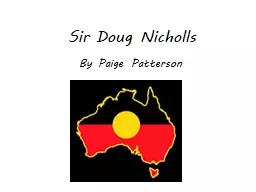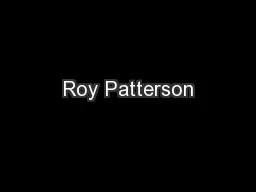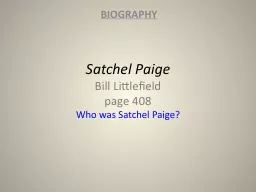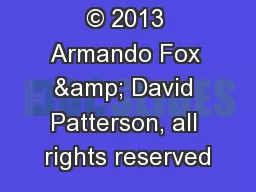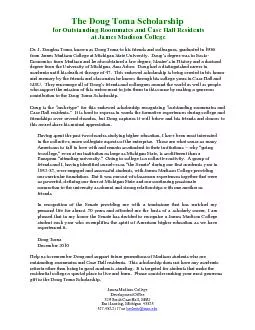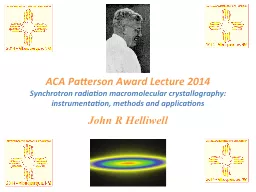PPT-Sir Doug Nicholls By Paige Patterson
Author : stefany-barnette | Published Date : 2019-11-08
Sir Doug Nicholls By Paige Patterson The history of Australias indigenous people is a cruel and bitter one but not one to be forgotten Through many struggles the
Presentation Embed Code
Download Presentation
Download Presentation The PPT/PDF document "Sir Doug Nicholls By Paige Patterson" is the property of its rightful owner. Permission is granted to download and print the materials on this website for personal, non-commercial use only, and to display it on your personal computer provided you do not modify the materials and that you retain all copyright notices contained in the materials. By downloading content from our website, you accept the terms of this agreement.
Sir Doug Nicholls By Paige Patterson: Transcript
Download Rules Of Document
"Sir Doug Nicholls By Paige Patterson"The content belongs to its owner. You may download and print it for personal use, without modification, and keep all copyright notices. By downloading, you agree to these terms.
Related Documents

